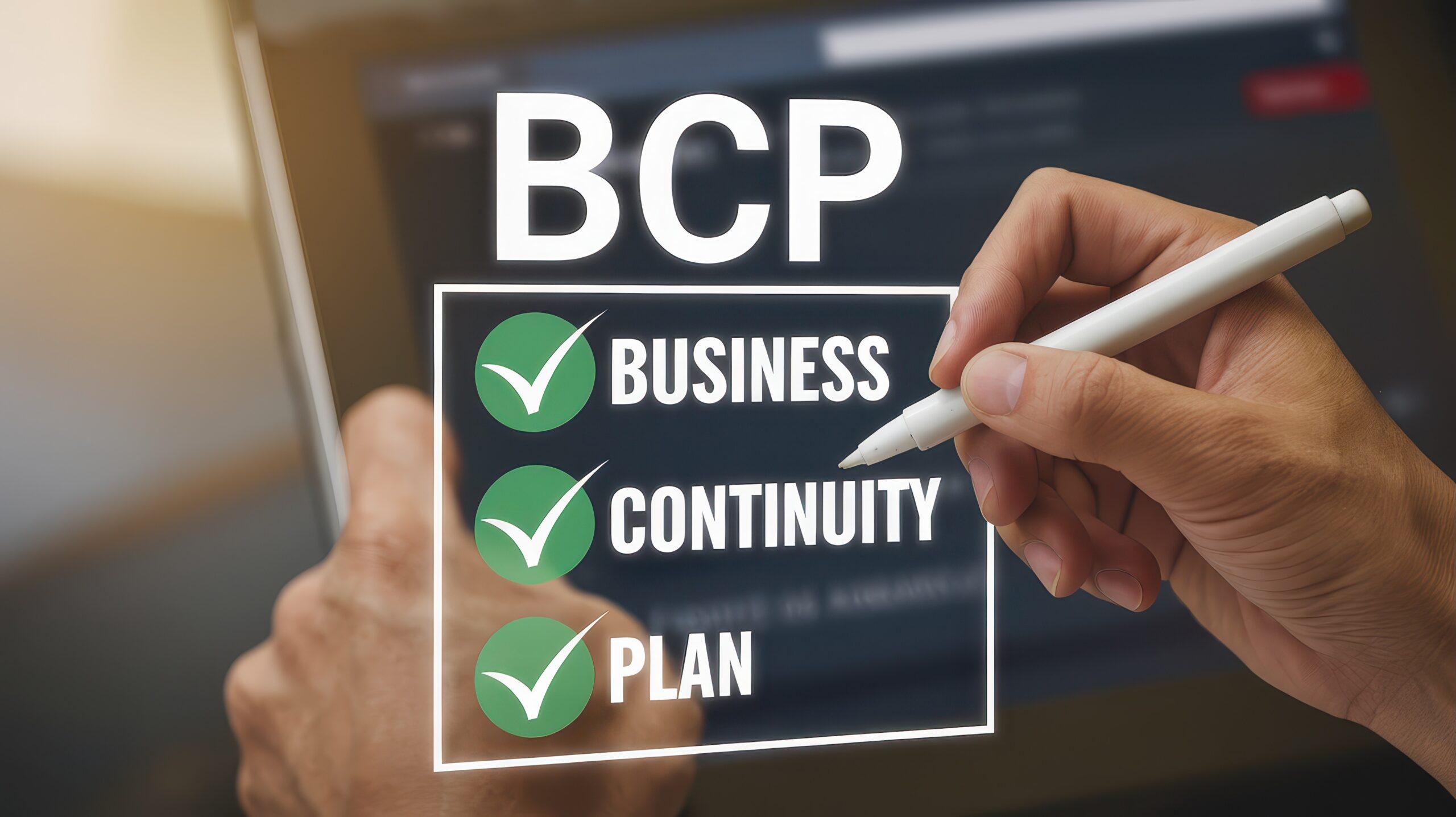How CEOs Can Leverage Cloud Computing Infrastructure for Success
Cloud computing is no longer just a tool for IT departments. For many companies, it has become a critical part of business growth and strategy. CEOs who understand how to use cloud infrastructure effectively can drive innovation, ensure consistent performance, cut costs, and respond faster to market changes. It’s not just about storing files online — it’s about building a flexible and reliable foundation for the future. When used right, cloud technology can help businesses scale smarter and stay competitive.
Below are key ways CEOs can use cloud computing to support business goals and achieve long-term success.
Making Business Operations More Flexible
Cloud computing allows companies to adjust their networking resources as needed. This flexibility helps CEOs manage changing business demands without overcommitting to expensive hardware or software.=
For example, during a product launch or a seasonal sales increase, a company might need more computing power. With a dynamic cloud architecture, scaling up is simple and quick. Then, once the demand drops, services can be scaled back down, which helps save money and avoid waste. This kind of virtual resource control helps a single organization become more efficient without slowing down operations.
Enhancing Security Posture and Compliance
Security remains a top concern for any leader. Cloud providers invest heavily in protecting their virtual and physical infrastructure, often more than what individual businesses could afford on their own. Many also include tools that help companies monitor usage, complete control access, and spot unusual activity quickly.
In industries with strict data rules — such as healthcare or finance — cloud platforms also help with compliance. They often come with built-in features that support data protection laws and keep track of who accessed what and when. For companies facing ongoing challenges with infrastructure setup or security gaps, it’s wise to go to https://xl.net/ or a similar provider for expert assistance on eliminating issues with your cloud computing infrastructure. Seeking professional input can make a real difference in stability and risk reduction.
Reducing Operational Costs
Moving to cloud computing environments can lower the cost of running a business. Rather than spending large sums on physical servers, software application licenses, and dedicated hardware maintenance, companies can pay only for what they use. These predictable, usage-based costs make budgeting simpler.
It also helps to bring in outside support to assess how efficiently cloud services are being used. Businesses that want to reduce waste and get the most value out of their public cloud infrastructure can work with IT experts at Base Solutions or other experienced cloud service providers offering several types of cloud service. These professionals can help identify underused services, suggest smarter configurations, and ensure physical resources are aligned with actual business needs.
Also, since updates, maintenance, and other cloud computing services are handled by the cloud provider, internal teams can spend more time focusing on important projects. CEOs can use those freed-up resources to explore new products, enter new markets, or invest in customer service improvements.
Improving Data Access and Collaboration
Fast and secure access to data is essential for decision-making. Cloud platforms store data in a virtual and physical data centers, which makes it easier for teams in different departments or regions to collaborate in real time.
When teams can work from the same files and tools regardless of location, it cuts down on delays and confusion. CEOs can also get quicker updates from departments to help them stay informed and make smarter choices. Cloud tools like shared dashboards or integrated communication systems make it easier to track progress, even when teams are remote.
Supporting Remote Work and Global Teams
Many companies now rely on flexible work models. Cloud infrastructure makes it possible to support employees working from home, in different cities, or even different time zones.
With the right setup, employees can access files, use cloud-based software, and join meetings just as easily as they would in the office. CEOs looking to expand into new markets or hire talent globally can do so without needing to set up physical offices everywhere. This opens up new possibilities for growth and allows businesses to stay productive even when working remotely becomes necessary.
Enabling Innovation and Speed
Time matters in business. Cloud platforms let teams test new ideas quickly without waiting for hardware or long setup times. Developers can launch a test version of a new service, gather feedback, and adjust before a full release.
This ability to test and move fast gives businesses a competitive edge. CEOs who push for this kind of speed and flexibility create space for innovation. The private cloud removes many of the delays that used to hold companies back. This is especially useful for startups and mid-sized firms that need to move fast to stay ahead of larger competitors.
Building Stronger Disaster Recovery Plans
Every business faces risks — from natural disasters to cyberattacks. Cloud computing models help companies recover faster when things go wrong. By backing up important data and systems in the public cloud, businesses can avoid major downtime and ensure business continuity.

For CEOs, this means less disruption to operations and a better chance of protecting customer trust. A solid recovery plan built on cloud services can be the difference between bouncing back or falling behind after a crisis.
Final Thoughts
Cloud computing resources give CEOs powerful tools to support their companies’ growth and resilience. It improves flexibility, enhances collaboration, and helps teams work smarter. With better data access management and lower operating costs, businesses can move faster and adjust more easily to change. Security features and disaster recovery options add another layer of strength. When used wisely, cloud infrastructure is not just an IT solution — it becomes a key part of a company’s success. CEOs who take the lead in using it well can position their businesses for strong, lasting results.








